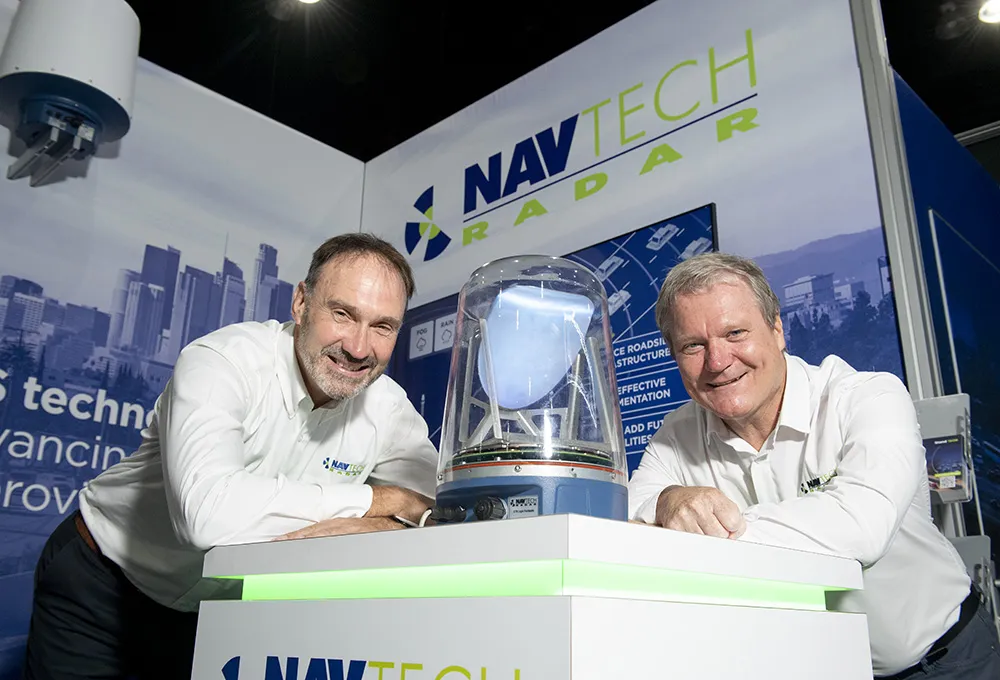Radar technology company Navtech Radar has won the Highly Commended award in the Alarm and Detection category of the Detektor International Awards 2013 with their new AdvanceGuard AGS1600 Extreme radar surveillance solution.
Launched in January 2013, the AGS1600 Extreme is specifically developed to cope with the environmental and climatic conditions found in oil and gas exploration. The system is completely integrated with the Navtech’s sophisticated intuitive control software suite, Witness. The solutio
October 29, 2013
Read time: 2 mins
Radar technology company 819 NavTech Radar has won the Highly Commended award in the Alarm and Detection category of the Detektor International Awards 2013 with their new AdvanceGuard AGS1600 Extreme radar surveillance solution.
Launched in January 2013, the AGS1600 Extreme is specifically developed to cope with the environmental and climatic conditions found in oil and gas exploration. The system is completely integrated with the Navtech’s sophisticated intuitive control software suite, Witness. The solution works within an ambient temperature range of -40 degrees centigrade to +65 degrees centigrade and explosion proof options are available as well as solutions entirely powered by solar panels.
Commenting on winning the award, Keith Chapman, Head of Global Sales, Security of NavTech Radar said, “It is a true honour to win a Detektor International Award. To many people the use of radar solutions for wide area surveillance purposes is still considered to be an ‘emerging technology’. This is rapidly changing with the increased focus on early warning and prevention. Particularly when it comes to perimeter security for critical infrastructure such as airports, power stations, border protection and data centres, to name but a few.”
Launched in January 2013, the AGS1600 Extreme is specifically developed to cope with the environmental and climatic conditions found in oil and gas exploration. The system is completely integrated with the Navtech’s sophisticated intuitive control software suite, Witness. The solution works within an ambient temperature range of -40 degrees centigrade to +65 degrees centigrade and explosion proof options are available as well as solutions entirely powered by solar panels.
Commenting on winning the award, Keith Chapman, Head of Global Sales, Security of NavTech Radar said, “It is a true honour to win a Detektor International Award. To many people the use of radar solutions for wide area surveillance purposes is still considered to be an ‘emerging technology’. This is rapidly changing with the increased focus on early warning and prevention. Particularly when it comes to perimeter security for critical infrastructure such as airports, power stations, border protection and data centres, to name but a few.”









